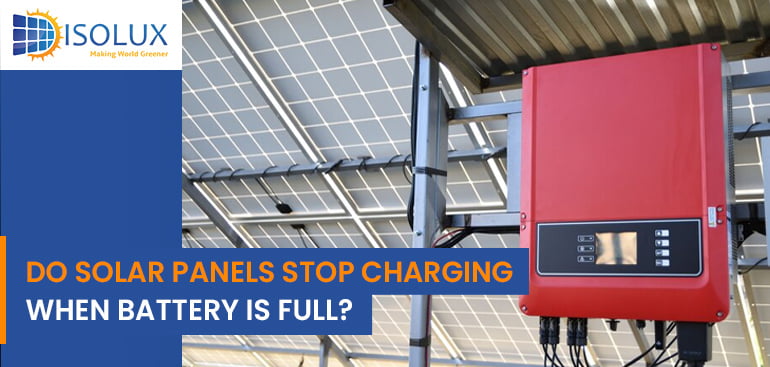Are you thinking about purchasing a solar battery? If so, you’ve undoubtedly considered whether the savings from batteries for solar energy storage are worth the expense. Solar battery storage price cost approximately $1,000 – $2,000 per kilowatt hour (kWh) of storage capacity. Government battery rebates can help lower the initial purchase price, but even with a discount, a battery is still a significant financial investment.
How Much Electricity Do You Use Every Day?
Every day, the average Australian household consumes about 18-kilowatt hours (kWh). However, this varies greatly amongst families, ranging from 3 or 4 kilowatt hours per day for a single-person house to 40+ kilowatt hours for a large family home with pool pumps, laundry dryers, underfloor heating, and so on. The starting step for calculating how much electricity you use is your electricity bill. This indicates the average number of kilowatt hours of electricity your home draws from the grid each day. Calculating the average daily kilowatt hours over the last four quarters yields your average daily grid electricity usage for the last 12 months.
If you have solar panels on your roof, you must also calculate how much solar energy you use in your home. This does not appear on your electricity bill. This is because your statement only shows what you buy from the grid and how much you export to the grid if you have solar. To obtain reliable solar consumption data, you must have a solar system that incorporates consumption monitoring. While all current solar power systems feature monitoring of solar generation, most do not include monitoring of consumption as standard. However, when you buy a solar system from Specialized Solar, we incorporate usage monitoring with every installation.
What Time of the Day Do You Use Electricity
If you are at work throughout the day, you will use the majority of your electricity in the late afternoon and evening. In this case, storing excess solar energy in a battery enables you to power your home for free in the evening.
However, if you work from home, care for young children, or are retired, you may use a lot more electricity during the day. Battery storage can still help you save money on electricity; it simply relies on whether you have enough excess solar power to charge a battery.
There are free energy monitoring tools available that are financed by government energy efficiency programs and provide information on the times of day when you use the most electricity. If this is of interest, please contact us and we can arrange for the best residential battery storage.
Number of Times your Battery is Charged and Discharged Every Day
Most homes cycle their batteries once every day. However, if you are away for an extended amount of time, your battery will not be charging and discharging on a daily basis. As a result, you won’t save as much as you could if you had a battery.
Some batteries, on the other hand, are designed to be cycled multiple times per day without reducing the warranty duration. You may be able to save more money on electricity if you can charge and discharge your battery more than once a day. However, in order for this to function, you may need to construct a larger solar panel system to give additional charging capacity.
How Much You Pay for Grid Electricity
The higher your grid electricity bill, the more you can save with solar and battery storage. This is because using free solar energy eliminates the need to purchase pricey grid electricity. The average tariff for grid electricity in Australia is roughly 27 cents per kilowatt hour.
While some industry analysts believe that electricity prices would fall as more renewable energy is used in the grid, prices may climb owing to inflammation and an increase in electricity distribution expenses. With solar battery storage, you may avoid future bill shock as electricity prices climb. Having energy independence is a major feature of battery storage for everyone who wishes to keep their continuing household bills as low as feasible.
Solar Feed-in Tariff
The actual amount you save by using power from your home battery is the difference between your grid electricity rate and the amount you could have made by exporting your excess solar to the grid.
For example, if your grid electricity usage rate is 27 cents per kilowatt hour (kWh) and you receive a solar feed-in tariff of 6.7 cents per kWh, the savings from battery storage are the difference, i.e., 27 cents/kWh – 6.7 cents/kWh = 20.3 cents/kWh savings from battery storage
This means that if the solar feed-in tariff falls, so will the savings from battery storage.
This, of course, requires that you are eligible for the solar feed-in tariff. If your network distributor has notified you that you are not permitted to export solar energy to the grid, the financial value of battery storage is even larger. As an example,
27 cents/kWh (grid electricity tariff) – 0 cents/kWh (solar feed-in) = 27 cents/kWh (savings from battery storage).
Conclusion
Contact Isolux solar, if you’d like to learn more about solar battery storage in Sydney for your home. We can assess your daily electricity usage, determine how much daytime electricity you consume, and what size battery would be suitable for your home – and then generate a personalized proposal outlining the expenses and benefits.
We can also advise you on any incentives you may be entitled to, as well as additional opportunities for battery owners, like participating in a government-backed Virtual Power Plant Program.
Read Next Blog:




